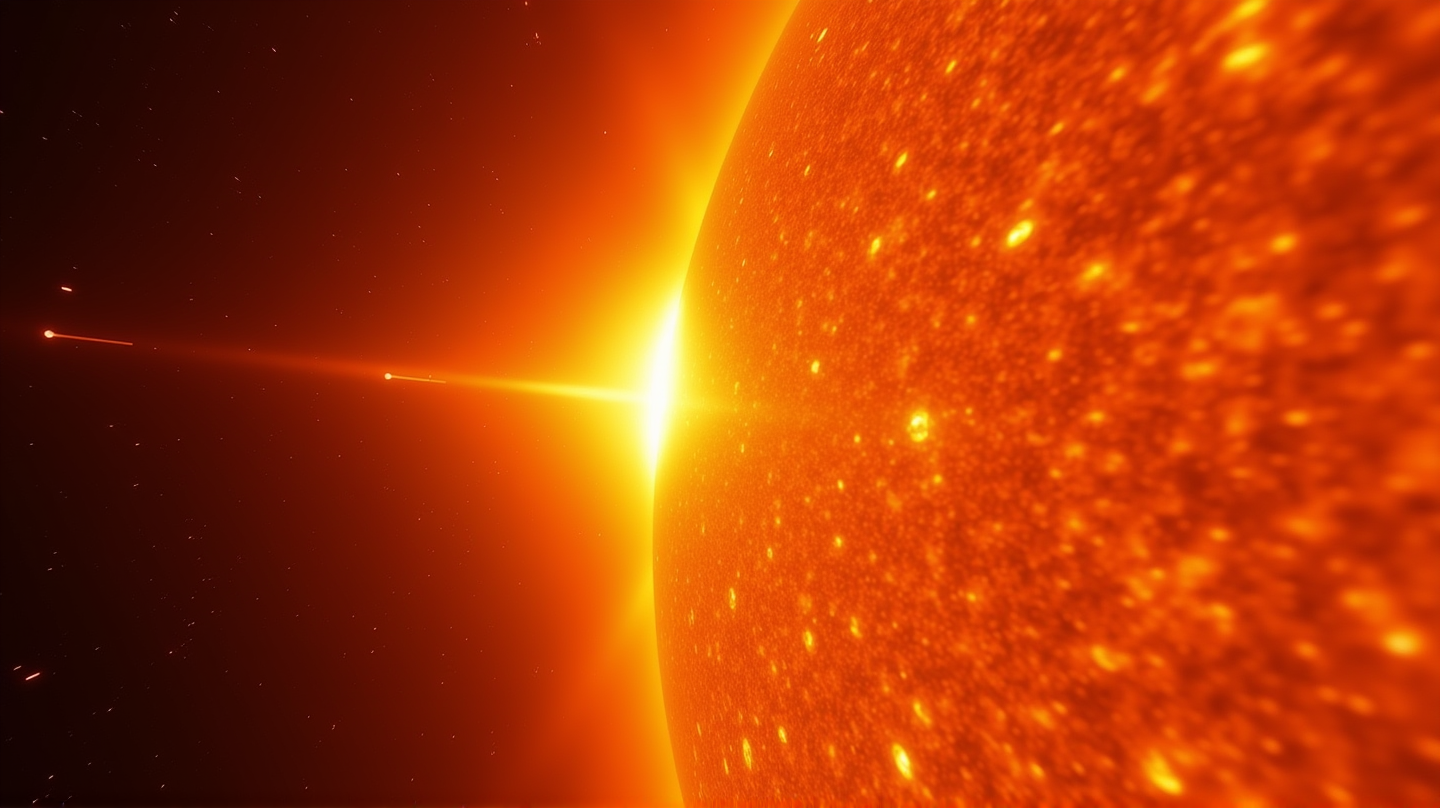Historic Solar Flyby: NASA's Parker Solar Probe Unveils Hidden Sun Mysteries
NASA's Parker Solar Probe captured stunning images of the sun, revealing mysterious solar phenomena like never before.

NASA’s Parker Solar Probe has transcended previous solar exploration efforts by capturing the closest-ever images of the sun, marking a monumental leap in our understanding of solar phenomena. Launched in 2018, the probe’s recent achievement of orbiting just 3.8 million miles (6.1 million km) away from the sun has set the stage for discoveries that were once deemed unattainable. According to Techno-Science.net, the insights gained from this mission will reshape future solar research.
Unprecedented Glimpses into the Sun’s Corona
One of the most exhilarating revelations comes from the Wide-Field Imager for Solar Probe (WISPR), which has captured unparalleled details of coronal mass ejections (CMEs). These massive bursts of solar wind and magnetic fields are crucial factors in space weather events that can disrupt satellite operations. The precise images reveal a complex interplay of magnetic fields within CMEs that researchers have long theorized but never observed in such clarity.
Decoding ‘Switchbacks’ and Their Significance
Unexpected magnetic zigzag patterns, referred to as ‘switchbacks,’ have been observed more frequently than ever before. These structures, hailing from active regions on the solar surface, are seen to play a pivotal role in the acceleration of the solar wind. This finding could shift our understanding of how solar winds impact our planet, enhancing the accuracy of geomagnetic forecasts.
Slow Solar Wind Variants: A Stubborn Mystery
The slow solar wind continues to perplex scientists, exhibiting denser and more variable properties compared to its fast counterpart. Through the probe, new distinctions have emerged, revealing two variants based on their magnetic signatures—one seemingly emerging from coronal ‘streamers’ and the other from coronal holes. This classification may hold the key to understanding how these winds differently influence Earth’s magnetosphere and pave the way for future discoveries.
Anticipating New Frontiers
With another close approach scheduled for September 2025, the Parker Solar Probe’s mission is far from over. Scientists anticipate that these upcoming flybys might unlock age-old secrets regarding the sources of solar wind flows, potentially resolving debates that have persisted for decades. As our understanding grows, so does the realization that the sun holds countless mysteries, waiting to illuminate the dark corners of space science.
The journey of the Parker Solar Probe is not just a mission of exploration; it is a beacon of human curiosity, pushing the limits of what we know and daring to uncover the unseen. Each revelation brings us closer to understanding the sun’s enigmatic behaviors and, ultimately, safeguarding our technology and way of life on Earth.

